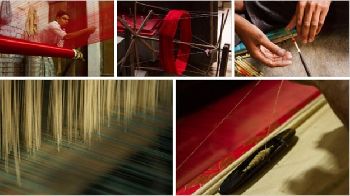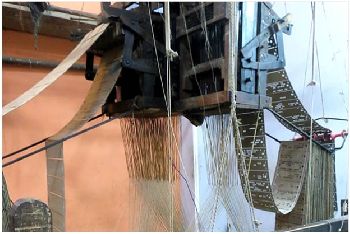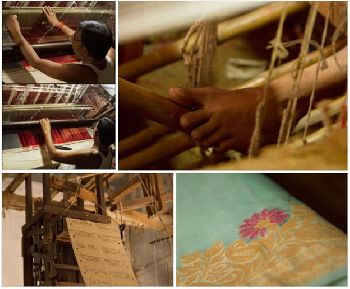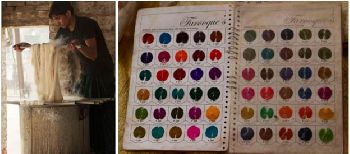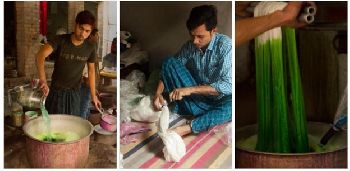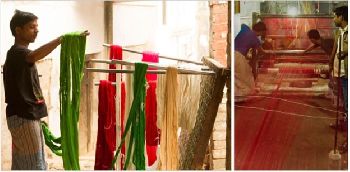- Bhadohi, Sant Ravidas Nagar, Uttar Pradesh
- GST NO. : 09ADNFS0797G1ZH
- +91-9662864346, +91-9793145843
Banarasi Saree
Shahar Rugs International is the best banarasi saree manufacturer. The saree is India’s national apparel, which profoundly influences women’s lives. They are perhaps the most common pick amongst Indian ladies, owing to their cultural traits, ethics, and heritage. A Banarasi saree is every woman’s fantasy.
They have been an essential component of the Indian woman’s closet for several years, and they never cease to complement a female, lending her a dainty and delicate feel. Varanasi (or Banares) is one of India’s best-known silk-weaving locations
Banarasi sarees are amongst the most exquisite female clothing. For Indian marriages, exquisite Banarasi sarees are indeed an essential element. The lustrous splendour, intricate designs, and themes inspired by Mughal tradition define these banarasi sarees. Because they are made with golden or silver threads, they are by far the most expensive and renowned staples for Indian weddings. They add to a woman’s tenderness and delicacy.
Whenever we consider grandeur and refinement, one of the first things that come to thoughts is Banarasi sarees. They are constructed of silk cloth and have a charming appearance, rendering them excellent for women’s wedding sarees. Due to their sparkling elegance and the opportunity to carry out any artwork or design on the silk fabric, silk sarees make a great impression. They must be in every lady’s closet.
Choose us and get our products. We are the finest Banarasi silk saree Exporters.
Contact Us
Shahar Rugs International
House Number 104, Jamund Bhadohi, Sant Ravidas Nagar, Bhadohi, , Uttar Pradesh - 221401, India
Mobile : +91-9662864346, +91-9793145843
E-mail : irshad3721@gmail.com

